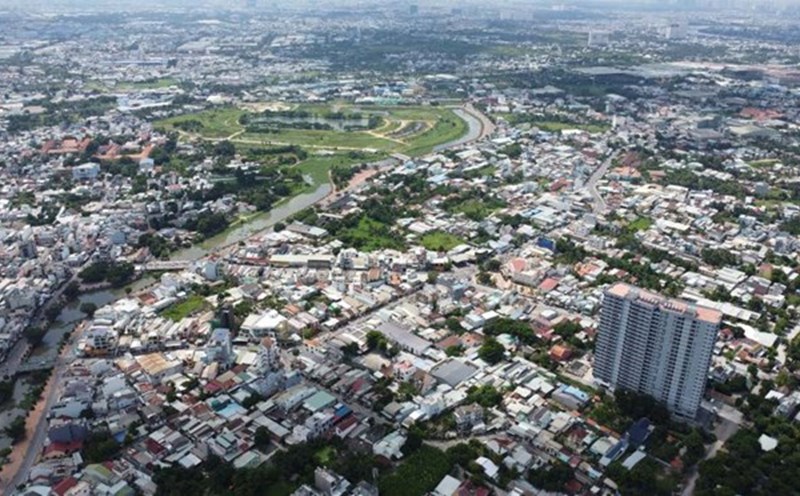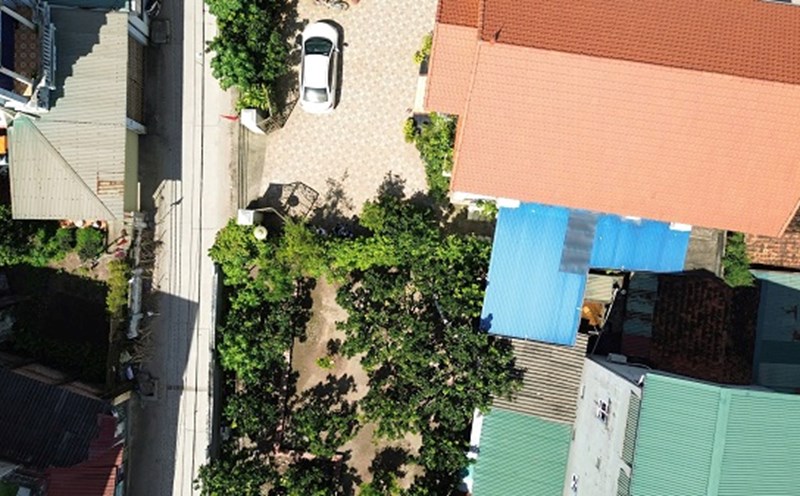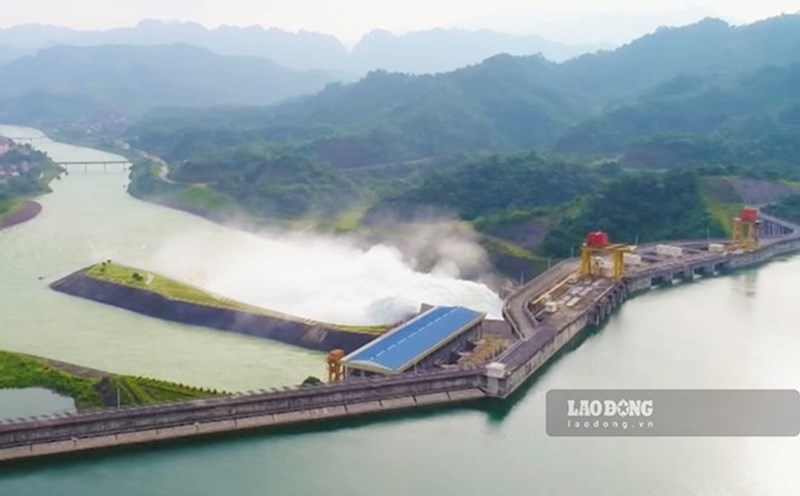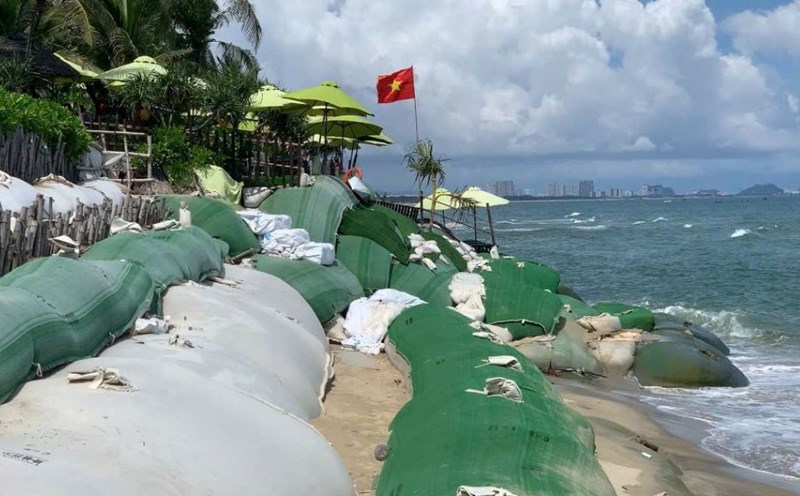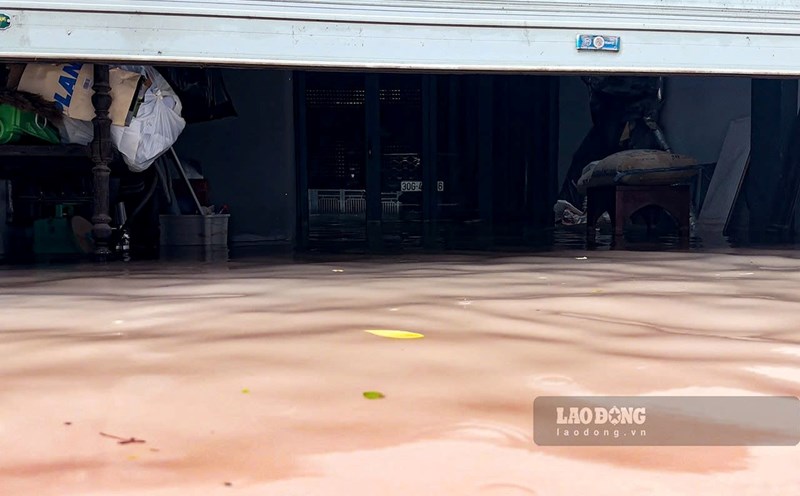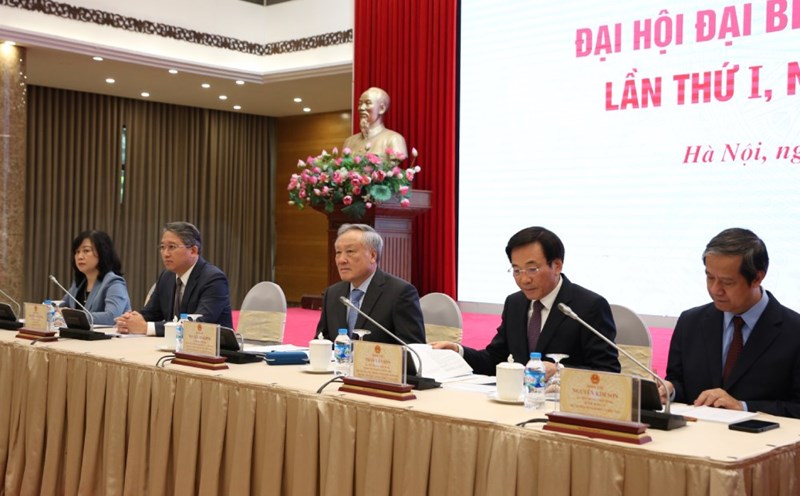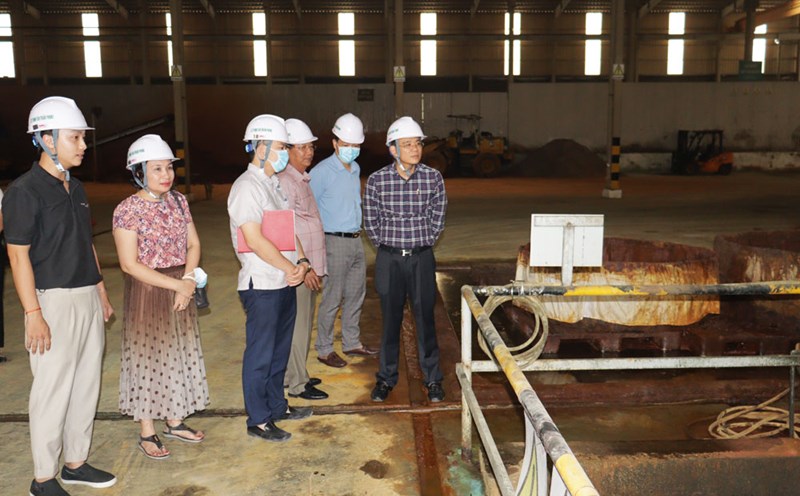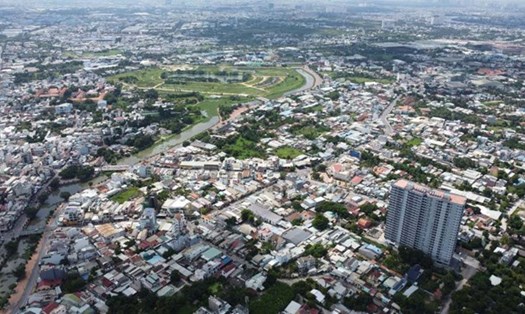On July 21, 2025, the People's Committee of Dong Nai province issued Official Letter 1271/UBND-KTNS on the application of the Land Price List from July 1, 2025 in Dong Nai province.
Accordingly, the Chairman of the Dong Nai Provincial People's Committee approved to continue applying the Land Price List issued in each locality before the merger, specifically:
Land price list of Dong Nai province (old) in Decisions: No. 56/2022/QD-UBND dated December 19, 2022, No. 24/2023/QD-UBND dated May 23, 2023 and No. 86/2024/QD-UBND dated December 27, 2024.
Land price list of Binh Phuoc province (old) in Decision 18/2020/QD-UBND dated August 12, 2020 and Decision 52/2024/QD-UBND dated December 27, 2024.
The application period is from July 1 to December 31, 2025.
In the land price list of Dong Nai province (old), Bien Hoa ward including Tan Hanh ward, Hoa An ward, Buu Hoa ward, Tan Van ward are central areas of the city, so the land price is higher than other wards. The price ranges from 5 - 40 million VND/m2.
Some roads such as Ha Nam Street (from National Highway 51 to the end of plot No. 141, Land Use Rights Certificate No. 82 to the right and the end of plot No. 8, Land Use Rights Certificate No. 82 to the left, Tam Phuoc Ward), Phuoc Tan - Giang Dien Street, Ham Nghi Street (from National Highway 51 to the end of plot No. 7, Land Use Rights Certificate No. 45 to the right and the end of plot No. 199, Land Use Rights Certificate No. 30 to the left, Tam Phuoc Ward) are priced from 5 million VND/m2.
In particular, the section from Cach Mang Thang 4 Street to Bien Hung intersection (adjacent to Hung Dao Vuong Street) and the section from Bien Hung intersection to the end of the boundary of the Post and Telecommunication Transaction Center are traded within the threshold of 35-40 million VND/m2.
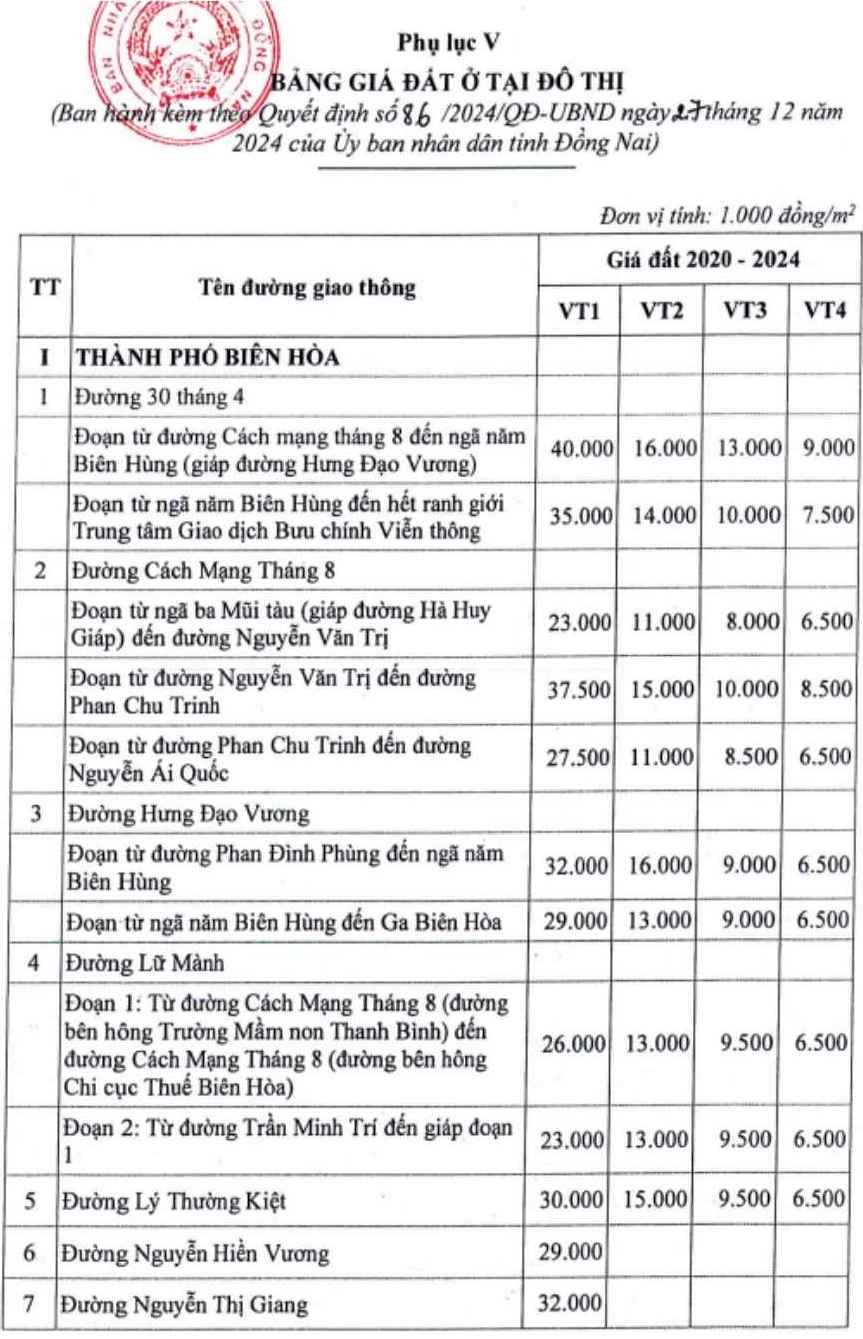
Meanwhile, Long Thanh town (old - now Long Thanh commune) has a "softer" price of 4.6 - 26 million VND/m2. The lowest selling price is located on Hoang Tam Ky Street (from Hoang Minh Chau Street to the An Phuoc - Long Thanh Commune inter-commune road). The highest price belongs to Le Duan Street (old National Highway 51A) from Tran Phu Street to Ly Tu Trong Street, reaching 26 million VND/m2.
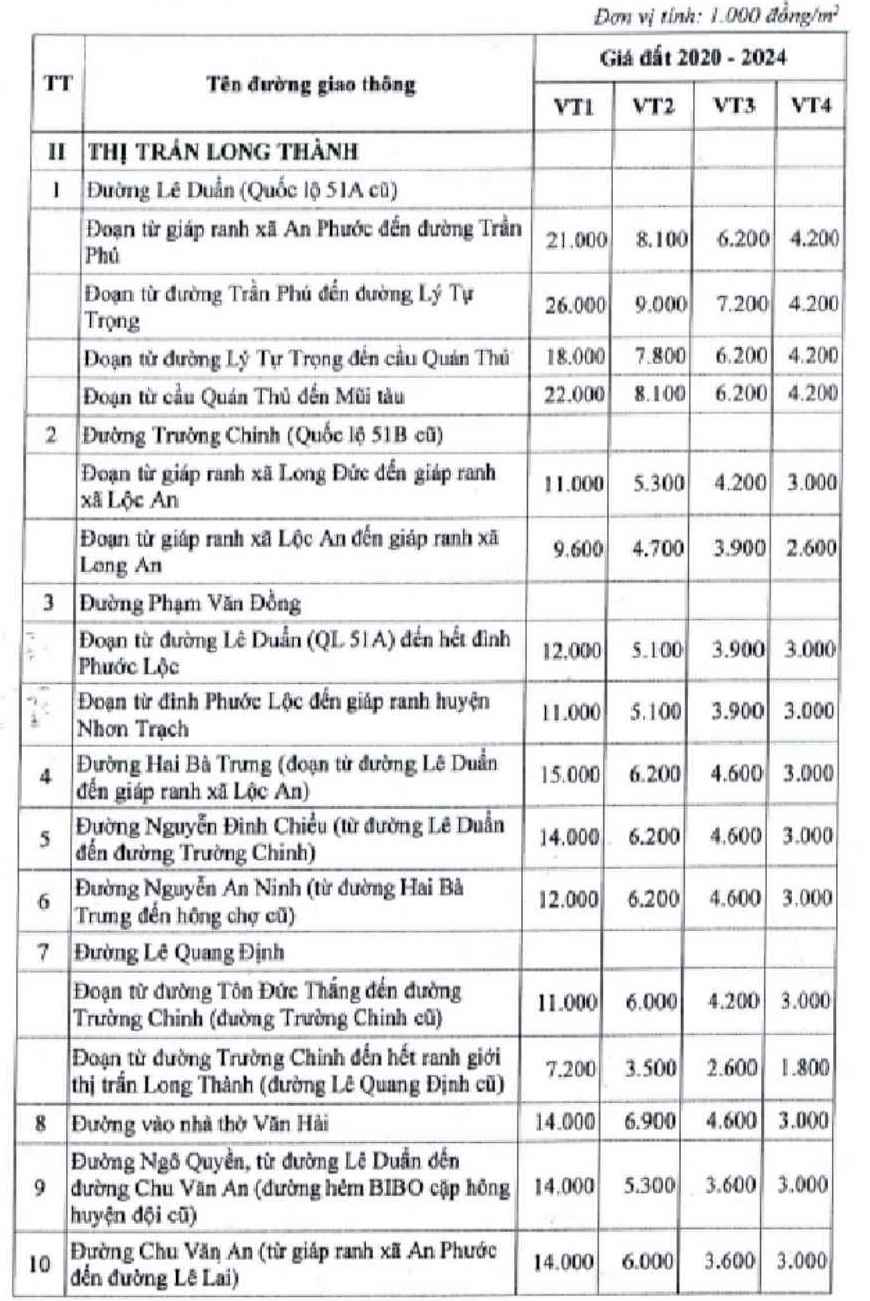
Long Khanh Ward listed urban land prices from only 1.2 - 13 million VND/m2.
With 2.3 million VND/m2, buyers can choose from areas such as Vo Van Tan Street, Ruong Tre - Tho An Street (from Ham Nghi Street to Group 1 Road, Truong Tre Hamlet (Bao Quang Commune) to Group 23, Ruong Lon Quarter (Bao Vinh Ward), Group 1, Truong Tre Hamlet (Bao Quang Commune) to Group 23, Truong Lon Quarter (Bao Vinh Ward),... Hung Vuong Street is the place with the highest price, especially the section from Cach Mang Thang 8 Street to Ly Thai To Street, buyers need to spend 13 million VND/m2.
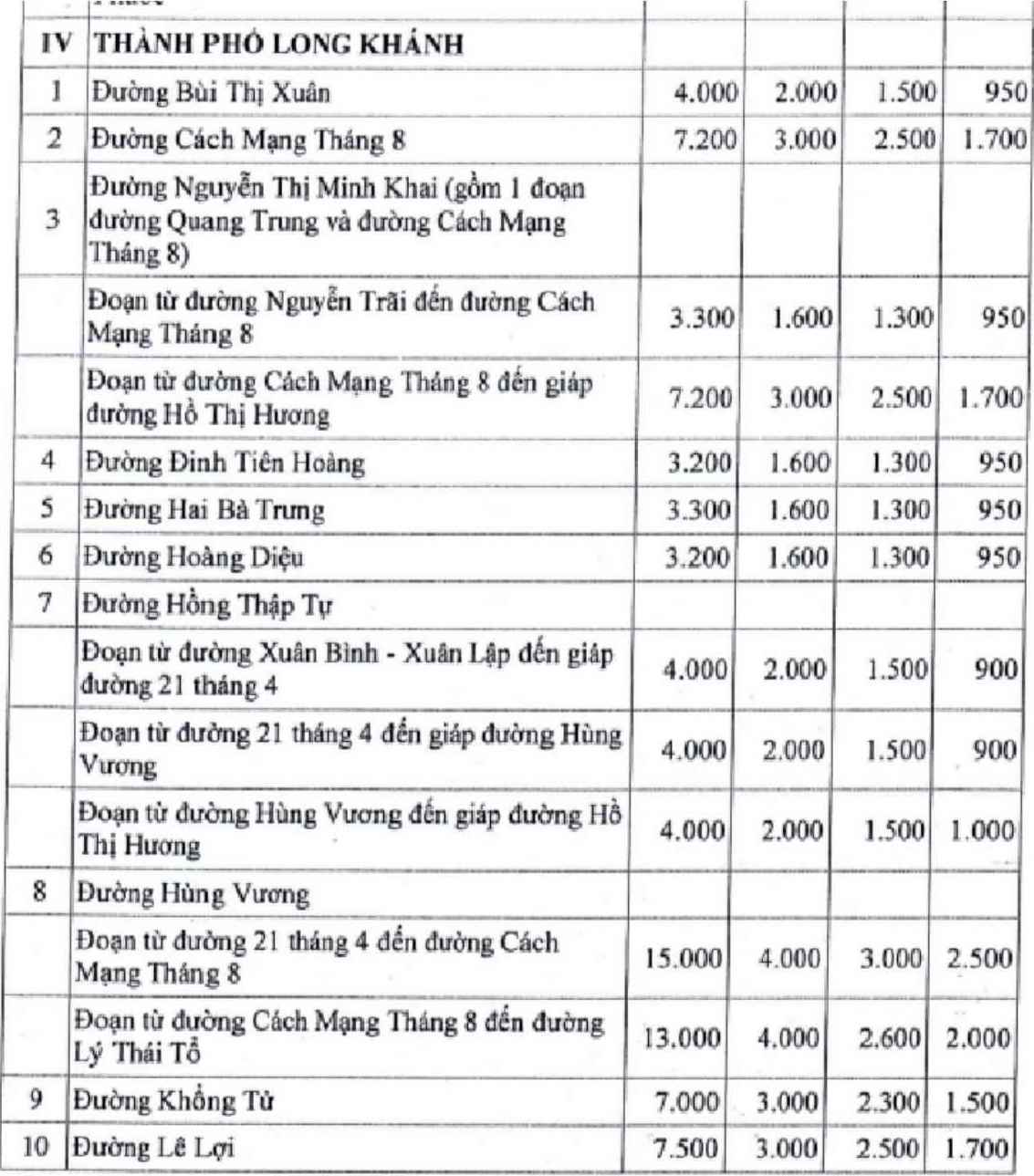
Dau Giay commune has offered a price range of 3.2 - 7.6 million VND/m2. Meanwhile, the lowest price in the area is on Song Nhan - Dau Giay road (from Dau Giay town boundary to Provincial Road 769) - Western area, the peak price is located on National Highway 1 from Dau Giay town boundary (north border of National Highway 1) to Dau Giay intersection.
Land prices in Binh Phuoc province (old) issued with Decision 18/2020/QD-UBND, areas with the highest and lowest land prices are determined as follows:
Areas with the highest land price:
Dong Xoai ward has the highest land price at the main roads, for example, the section of National Highway 14 (Dong Xoai intersection to Dong Khoi street) is valued at up to 65 million VND/m2.
Some other key routes in Dong Xoai ward also have high prices of over 30-40 million VND/m2.
The areas with the lowest land prices are mainly rural areas, communes far from the center in wards.
remote areas, with a location apart from administrative centers, towns, cities, where traffic routes are narrow or have not been invested in much.
The land price in these areas can be only from about 1.8 - 2 million VND/m2.
Clear examples of areas with low land prices are suburban communes and small roads in districts, such as some communes of Bu Gia Map, Bu Dang, Phuoc Long ward and other remote areas that have not developed strongly in terms of transport infrastructure and urbanization.

